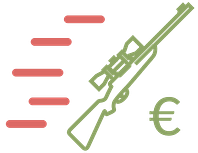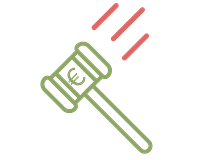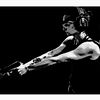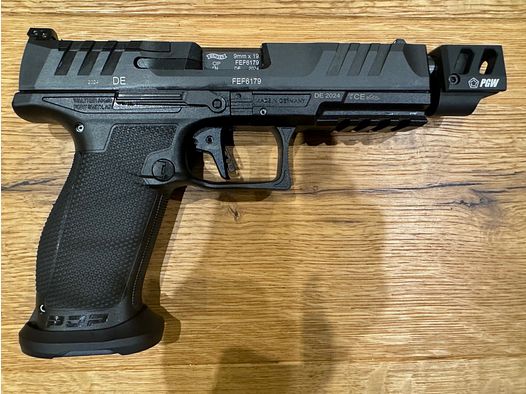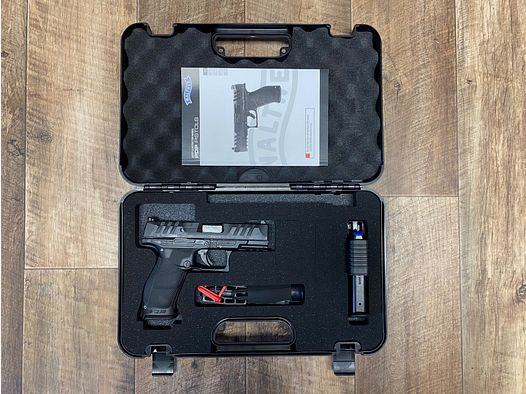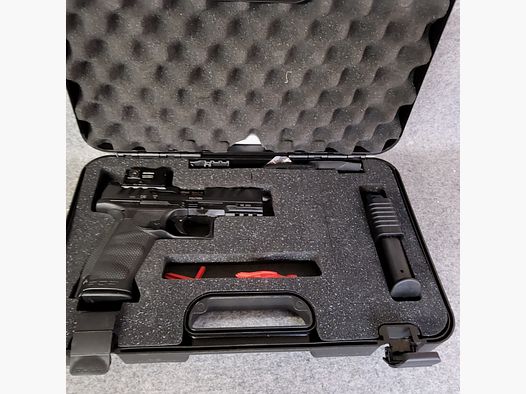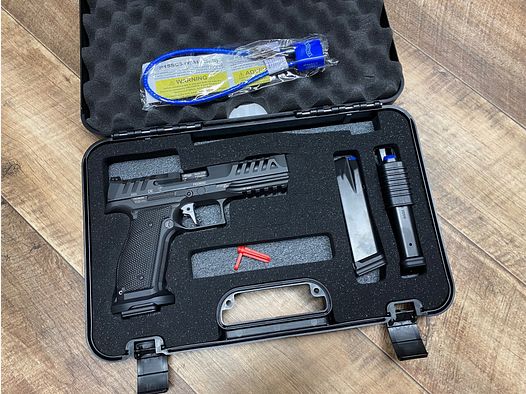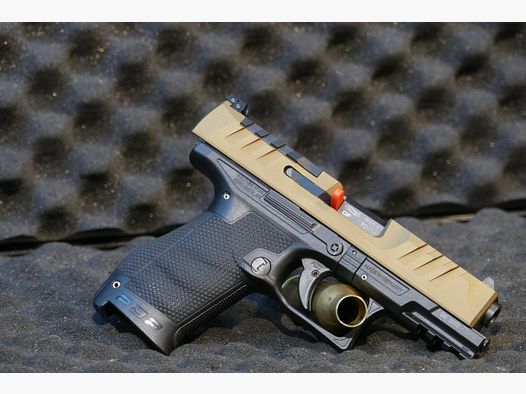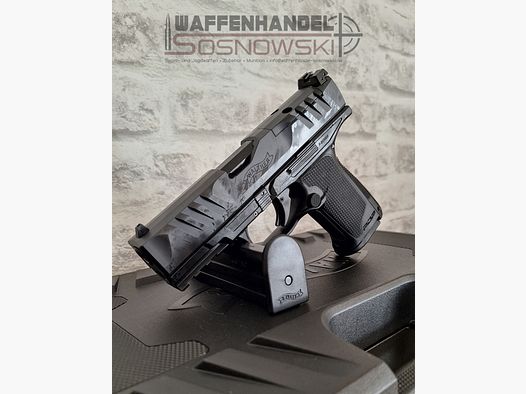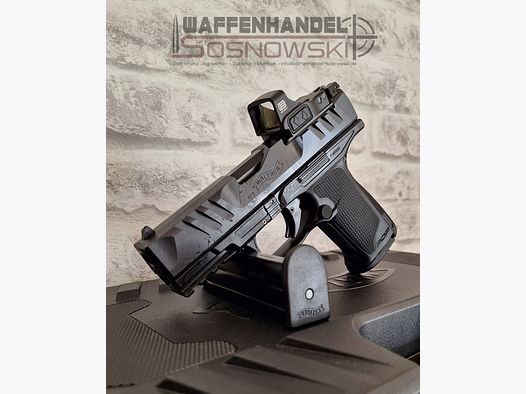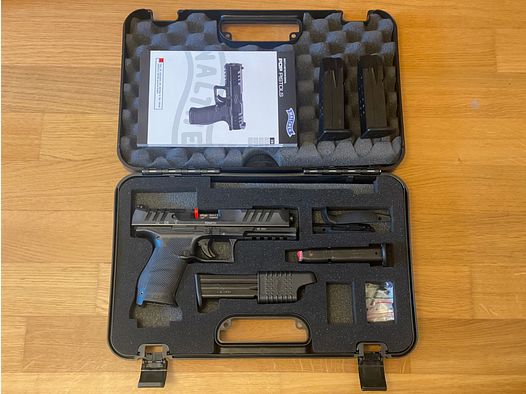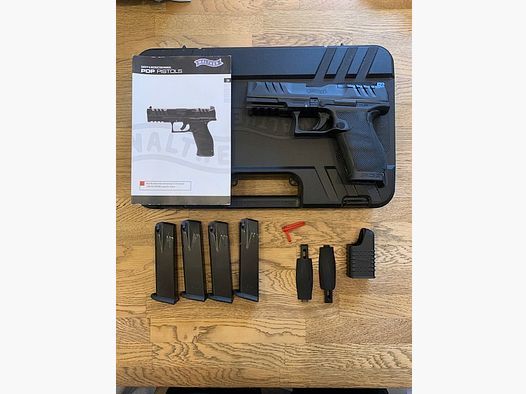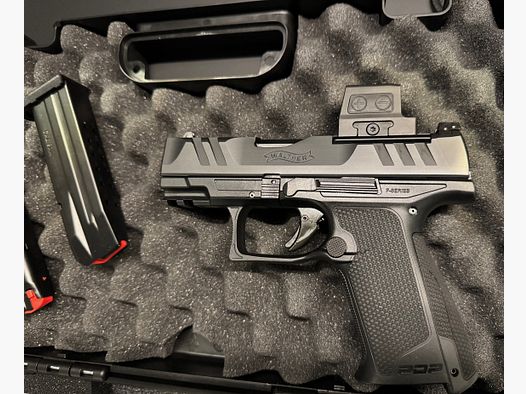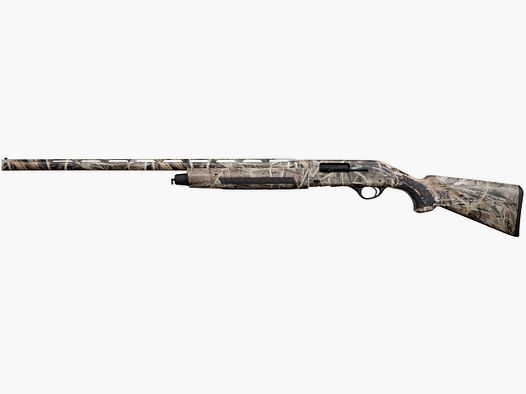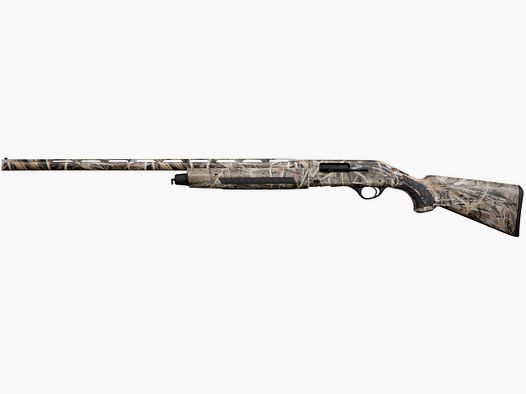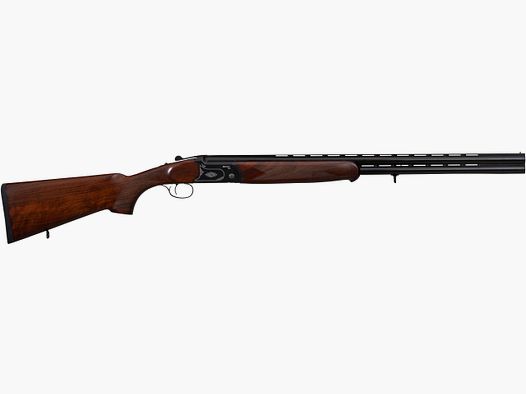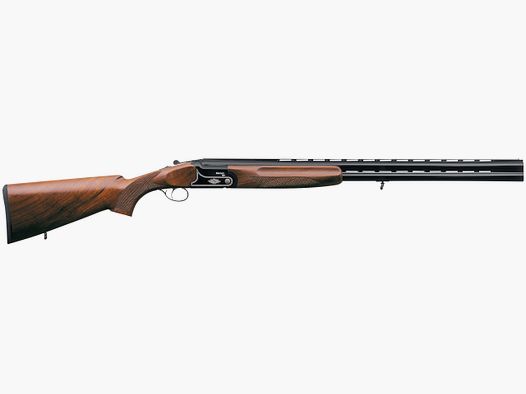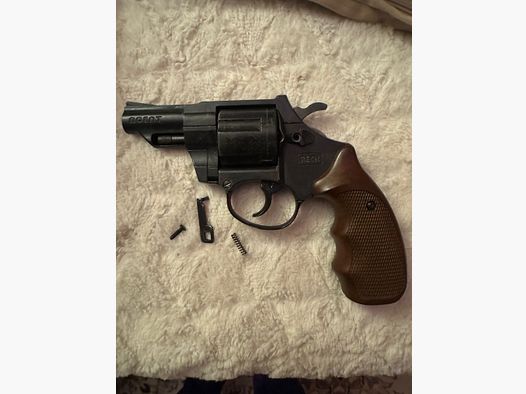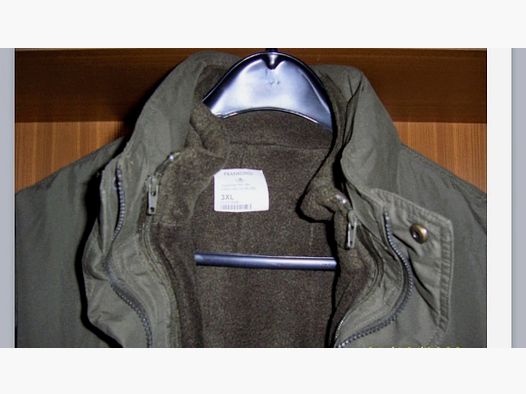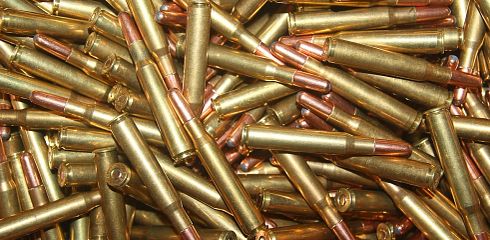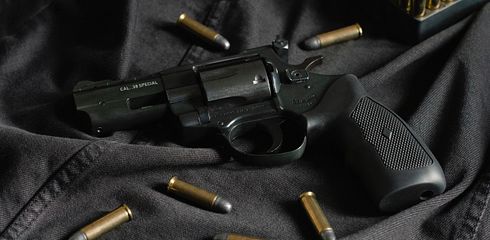Errors are annoying because they inevitably show up in one's own target image. Especially when several of them occur simultaneously. The most common shooting and handling errors accompany every shooter, whether beginner or advanced. They occasionally resurface and usually evoke the same confusion as the last time. Therefore, here is a small reference guide: What are the most common mistakes in handling handguns?
Not adhering to safety rules when handling firearms
Whether unconsciously or out of negligence – ignoring safety rules when handling firearms is life-threatening and yet occurs en masse. The shooter often does not even notice that the barrel of their own weapon is not pointing in the safest direction. Or that their finger is on the trigger even though they are not ready to shoot. Only through consistent handling training, especially when starting in shooting practice, can this dangerous mistake be prevented.
The famous "Mucken"
Also frequently observed in the first shooting trainings is the "Mucken" - the downward bending of the wrist during the shot. You are trying, more or less unconsciously, to compensate for the recoil or the upward movement of the handgun, which A) is not necessary at all and moreover B) is a wasted effort. Because when your wrists bend downwards while shooting, you will also hit downwards.
Hold the weapon too tightly or too loosely.
With every weapon, the shooter learns to shoot anew. This is due to the specific recoil strength, which affects you as a shooter differently: Depending on the weight of the weapon and the caliber type, as well as your physical condition, you perceive the recoil impulse differently. Consequently, your muscles process each shot differently and must readjust to each new weapon and each new caliber. It is not so easy to find the right grip firmness: The weapon and caliber significantly determine how tightly or loosely you can, may, or should hold the weapon. And both, the weapon and caliber, are as variable factors as your body weight or muscle strength.
Not Aligning Rear Sight & Front Sight Correctly
The suboptimal positioning of the rear sight and front sight is often the result of other errors, such as flinching. If the wrist bends or the shooter's upper body sways, you inevitably misalign the rear sight and front sight, leaving the position where precise shot placement would have been possible. Ideally, your weapon is zeroed in; this means that the shot lands exactly where the rear sight and front sight are aimed on the target.
Blaming the sight aid for the shot pattern
Especially when starting in the shooting sport, you often make mistakes due to a lack of experience. This is normal – and you should feel free to acknowledge these mistakes. However, if you blame the rear sight and front sight for an unsatisfactory shot pattern on the very first day of your shooting career, you will find it extremely difficult to optimize this shot pattern – because the best potential for improvement in every respect can be found in the shooter themselves. In addition to these five particularly common mistakes, there are many other errors that can occur at the shooting range. And usually, you only notice them based on a shot pattern that does not make you happy; it is difficult to observe yourself when you are both the shooter and your own coach. To help you work as efficiently as possible at the shooting range, I recommend two articles for more details on the topic:
